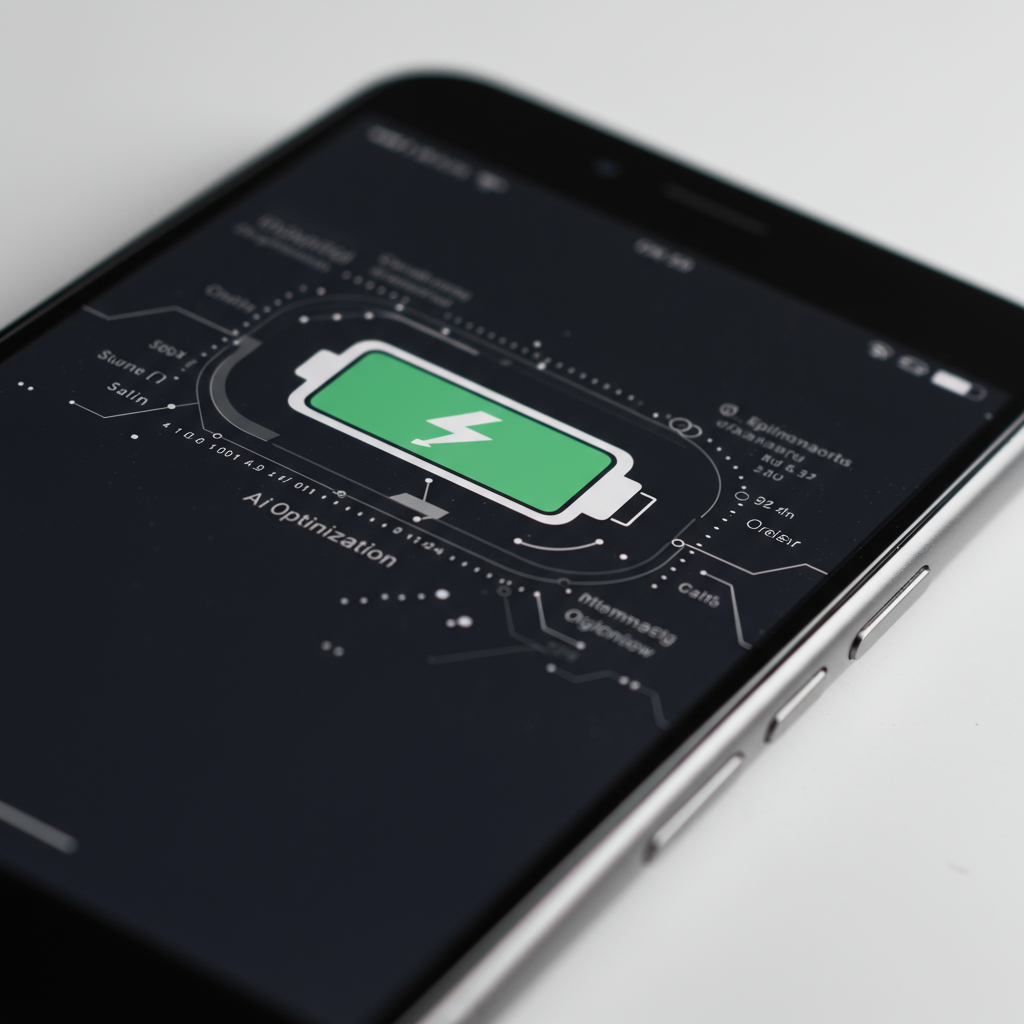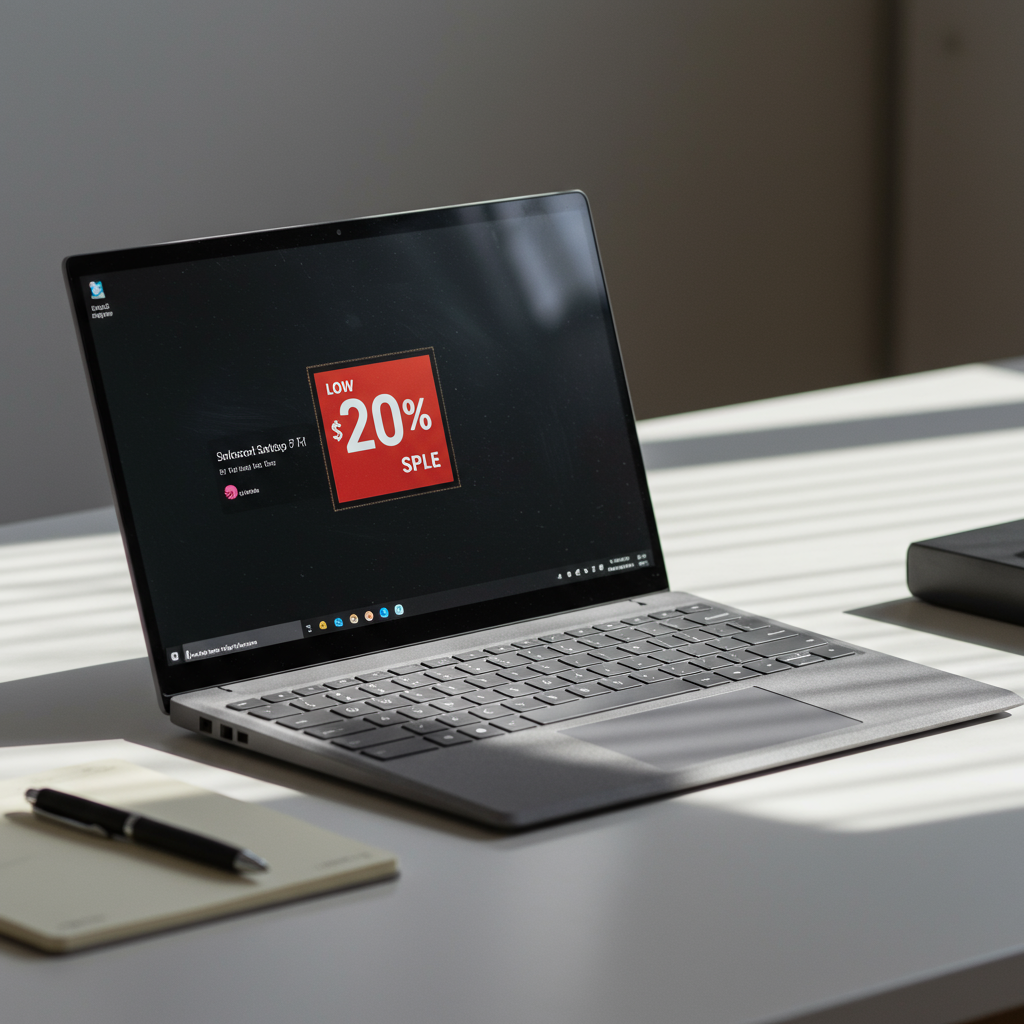Apple’s announcement of Adaptive Power in iOS 26 at WWDC has generated significant interest, particularly regarding its potential to address a long-standing challenge in smartphone design: battery life in increasingly thin devices. While the feature promises to enhance power management for many users, its real impact could be most felt by the rumored iPhone 17 Air.
What is Adaptive Power in iOS 26?
Adaptive Power is an intelligent, AI-powered feature built into iOS 26 designed to extend your iPhone’s battery longevity without the drastic measures of standard Low Power Mode. Think of Low Power Mode as a “hammer” that broadly cuts background activities and features when your battery hits 20%. Adaptive Power, conversely, is more like a “scalpel.”
This opt-in setting, found in the Battery > Power Mode section of iOS 26, works by making subtle, smart adjustments primarily during times of higher-than-usual battery drain, such as when you’re:
Recording videos
Editing photos
- Playing graphics-intensive games
- www.cnet.com
- www.cnet.com
In these scenarios, Adaptive Power can discreetly lower display brightness slightly or allow certain processing tasks to take a moment longer. The goal is to intelligently conserve power and extend the time before you need to recharge. While not explicitly confirmed by Apple, the intelligent nature of this feature suggests it relies on on-device processing, likely requiring models compatible with Apple Intelligence (currently iPhone 15 Pro and newer).
The Thin Phone Trend and Its Battery Problem
There’s a growing trend towards thinner, lighter smartphones. Companies like Samsung have already released slimmer models such as the Galaxy S25 Edge, and Apple is reportedly planning a thinner iPhone for the fall, potentially dubbed the iPhone 17 Air. From a user perspective, a slim, lightweight phone can feel great in the hand.
However, this pursuit of thinness comes with a significant drawback: compromised battery capacity. A thinner phone typically means less internal space for a large battery, directly impacting how long the device can last on a single charge. As recent examples have shown, thinner designs can lead to battery life that just barely gets users through a day. Given that battery life is a primary reason 61% of users upgrade their phones (according to one survey), this is a major hurdle for super-thin designs.
Adaptive Power: The Potential Savior for a Thin iPhone 17 Air?
This is where Adaptive Power becomes particularly relevant for the rumored iPhone 17 Air. If Apple proceeds with a thinner design, the standard battery capacity might be a concern for many potential buyers. Adaptive Power offers a potential solution.
By intelligently managing power consumption during demanding tasks, Adaptive Power could help the iPhone 17 Air surpass the “bare minimum” daily battery life often associated with thin phones. It could be the “superpower” that makes a sleek, thinner iPhone appealing to users who refuse to sacrifice battery performance for aesthetics.
If Adaptive Power can effectively add significant usable time to a potentially smaller battery, it could differentiate the iPhone 17 Air in the market and alleviate a major consumer anxiety about thin phone designs.
Remaining Questions
While the potential is clear, the true effectiveness of Adaptive Power as a major battery life breakthrough still needs to be proven in real-world usage as iOS 26 progresses through its beta phase towards a public release. Furthermore, the existence and final specifications of the rumored iPhone 17 Air itself remain unconfirmed by Apple.
Nevertheless, Adaptive Power represents a promising evolution in how iPhones manage power, offering a more intelligent approach to extending battery life that could be critically important for the success of future, potentially thinner, iPhone models.




